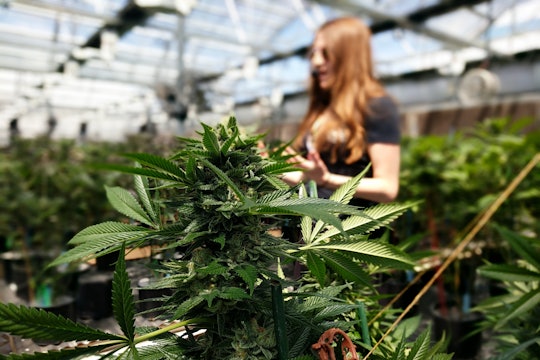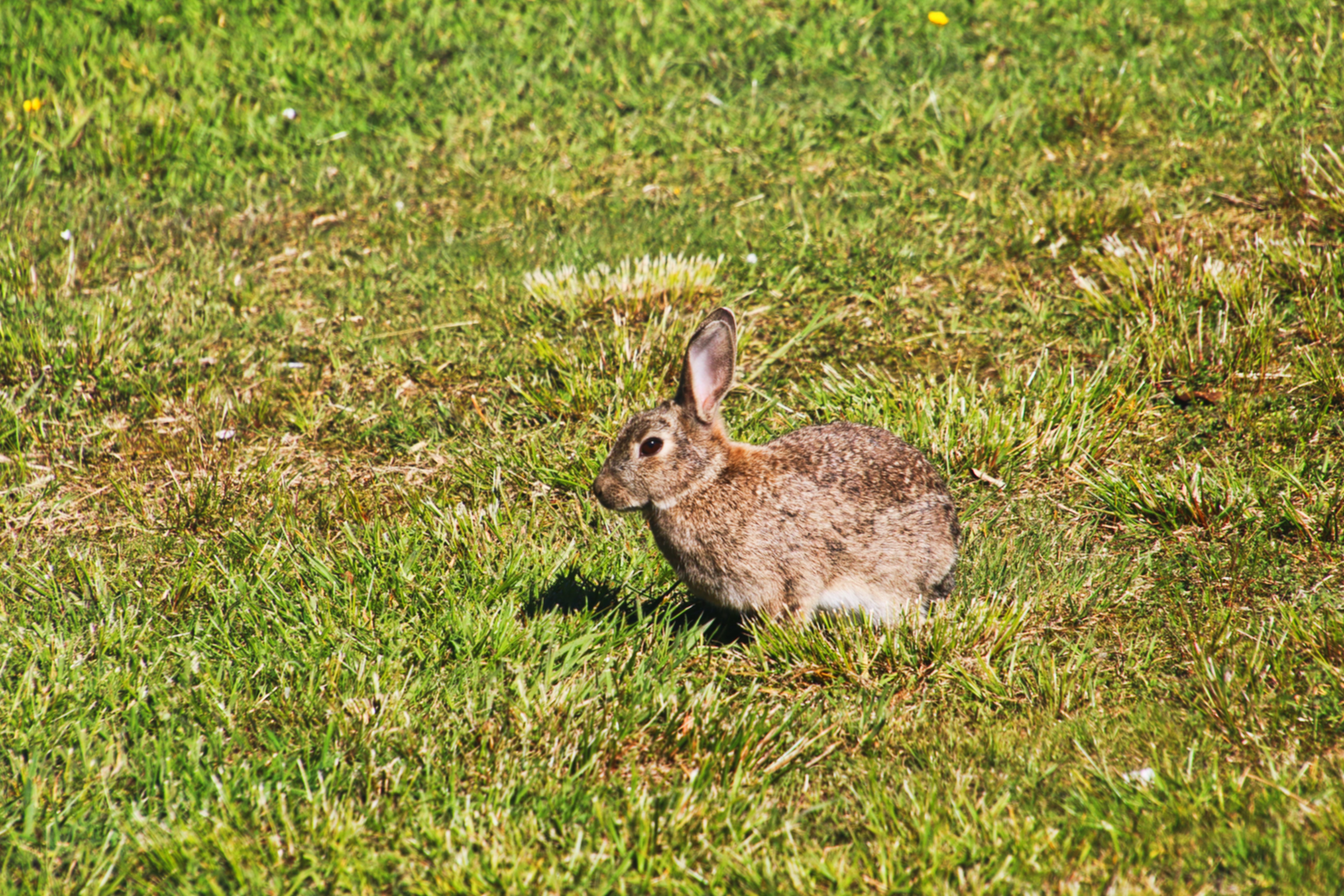
Via Wikimedia
We still don't know much about marijuana farms' effects on wildlife
A new study found that larger animals were less commonly found on cannabis farms as outside them
Legalization or decriminalization of marijuana has seen a rise throughout the last decade. However, learning where cannabis is grown and what effects, if any, it has on wildlife is not easy. In the United States, cannabis has a semi-legal status in many states: legal (for medical and/or recreational use) in the state, illegal according to the federal government.
This semi-legal status has hampered research not just on marijuana, but also on the effects of marijuana legalization and its cultivation. It also means marijuana crops are often not accountable to the federal environmental laws other crops are. Some of the known side-effects of marijuana cultivation include land clearing, diversion of surface water, pesticide use, and wildlife poaching.
But this is very much the beginning of our understanding of the environmental effects of large-scale marijuana cultivation. We know even less about wildlife's interactions with marijuana plantations. Much of the little knowledge we have is based on information gleaned directly or indirectly from illegal marijuana grows.
If trends are any indication, though, legal or decriminalized marijuana is here to stay. In which case, we need to know more about its potential medicinal effects, its detrimental health effects, and the production process of this emerging crop.
Previous research on the effects of marijuana plantations on wildlife have been incidental: a fisher found dead in a remote part of Sierra Nevada, Calfornia, whose necropsy revealed it had died from rodenticide poisoning; a spotted owl found dead in Humboldt County, California, who died of emaciation and parasitism, with significant amounts of rodenticide in its liver and blood. These findings were eventually related to illegal marijuana grows, where pesticides (among other environmental transgressions) are used without any regulatory control.
In a newly published study, scientists from UC Berkeley led by Phoebe Parker-Shames, selected eight small cannabis farms in Oregon, located in an environmentally rich, biodiverse area. With the farms’ permission, the researchers set up camera traps in the cannabis farms and in “comparison sites” (areas within close proximity to the farms, 500m or less). A few years later, they compared the animals they found within marijuana farms and the comparison sites.
They found a surprising amount of wildlife in and around cannabis farms: they recorded 18 species of mammals and birds. On the comparison sites, they found 24 species. The main difference they found, however, was which species were more prevalent in each area.
On cannabis farms, domestic animals like dogs and cats were widespread. Some wild animals were not influenced by the presence of cannabis farms, like brush rabbits and black-tailed jackrabbits. They were as likely to be found in the farms as in the comparison sites.

Brush rabbits were not influenced by the presence of cannabis farms
Photo by Simon Infanger on Unsplash
Carnivores and larger-sized animals, on the other hand, were more common on comparison sites. Gray foxes and black-tailed deer were less likely to be found in cannabis farms than in the comparison sites. The authors speculate this may be related to fences or the presence of dogs and cats.
Unfortunately, this new research does not include farm land-use practices or characteristics, so it is not currently possible to disentangle why certain animals are being found less often in cannabis farms than in other sites.
This research, however, is just the first to tackle the lack of information. This study provided baseline data: it showed that wild animals do make use of the space in and around small cannabis farms, but that their responses may depend on body size or diet, for example. Studying these, and other factors — such as the differences in wildlife responses between small and large cannabis farms, or between cannabis and other crops — will allow us to better understand the effects of the cultivation of marijuana.
Legal, logistical, and security reasons have, up until recently, hampered research into the effects of marijuana plantations. The lack of experimental procedures with controls, or even observational studies, has meant that the data we have obtained up to now are minimal and sometimes skewed towards data obtained in trespass grows.
With the political changes the US has experienced in the last couple of months, the legal situation of marijuana and its research could soon be very different. Democrat Chuck Schumer (the US Senate Majority Leader) has announced that they aim to pass legislation in 2021 to end the federal prohibition on marijuana. If that legislation passes, we will likely see a growing number of research projects focused on marijuana. Hopefully, some of those projects will investigate the potential effects of marijuana on the environment and wildlife.


Fascinating article! It is definitely a very important question to be studying as more and more regions are legalizing marijuana, and also as CBD and other cannabis products are becoming more popular.
I was wondering if you had found any studies specifically looking at the impact of hemp production on wildlife. Considering that growing cannabis varieties with very low THC contents, such as hemp, is legal in many areas where growing high-THC cannabis is not, I imagine that there could be much more research on its impacts. I have also heard of hemp advertised as being especially “environmentally friendly” as it is a more sustainable alternative to other sources of fiber, paper, bioplastics, etc. With that in mind, it seems very important to understand how hemp production for fiber or other industrial products is impacting wildlife. Have you found any research on this topic?